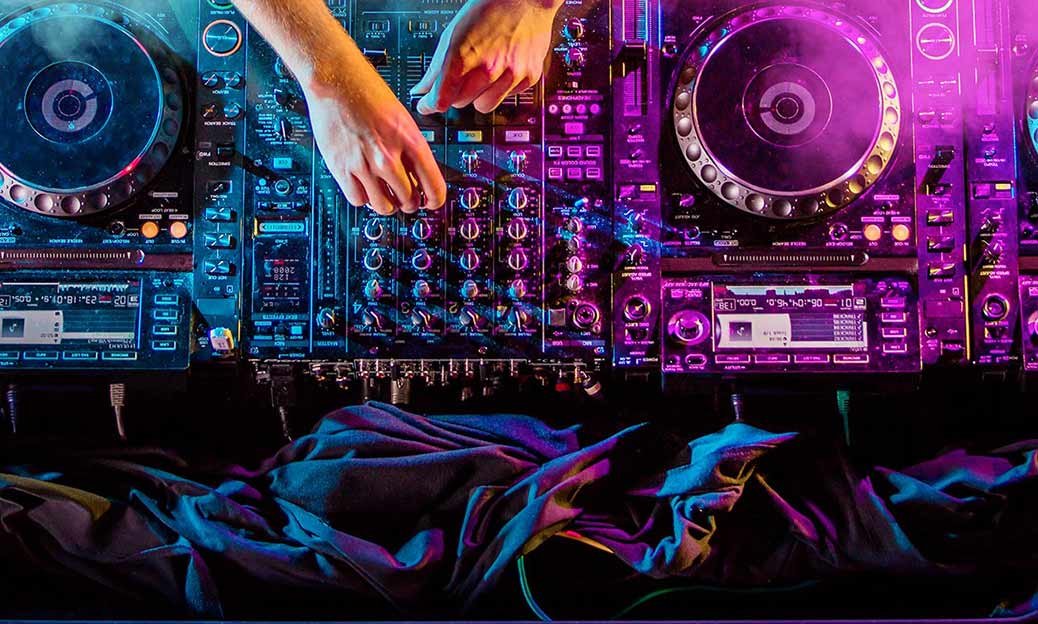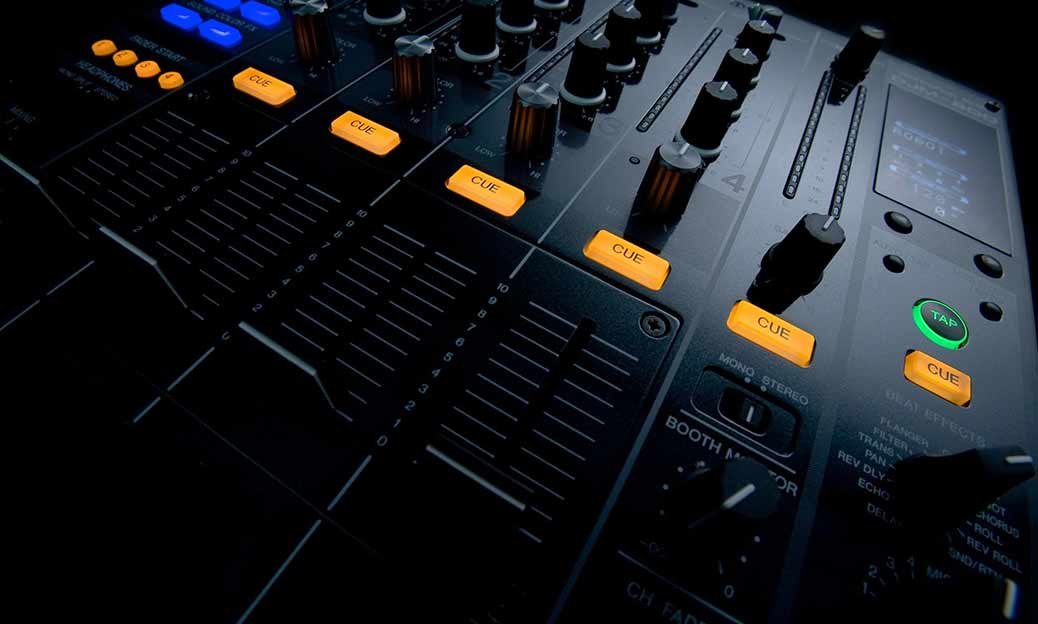Mashup stands apart from other musical genres because it combines two or more songs from different types of music creating a new artistic concept. This particular style is relatively new to the scene, but it has already amassed a large fan base, and nowadays there are several radio stations and streaming websites that are exclusively dedicated to mashup music.
When mashup became a style
The history of mashup music can be traced back to the early days of recording, over 100 years ago. However, the practice of combining a vocal track with elements from different melodies only became popular in the 1970s and eventually perfected with the surge of electronic DJ artists in the 1990s.
The first artists to play mashup music were Bill Buchanan and Dickie Goodman with their 1956 hit “The Flying Saucer.” Their song included the outstanding narration of War of the Worlds by Orson Welles, which created a mass hysteria in 1938, and several musical snippets. The result was a strange assembly that inspired fear, laughter, parody, and mystery altogether. The name mashup was not in use at that time, so Buchanan and Goodman called their creation a “break-in” song, due to the way Welles’ voice broke the standard melody.
Frank Zappa’s revolution
Frank Zappa is widely known as an innovational artist that changed the way music is perceived today. The famous guitarist did not care for media attention, awards or fan admiration. His only goal was to create new ways of playing music with every single song. This is how he came up with an early form of mashup music, which he called xenochrony.
Zappa’s new inventions consisted of taking a guitar solo from one song and introduce it in a different melody. This practice created a mosaic-style that was hard to imitate by other artists, and it immediately gave him a revolutionary status.
The Pink Project
Electronic music played by DJs in front of mass audiences is a common thing today. However, 30 years ago this practice seemed highly improbable. In 1982, an Italian DJ by the name of Stefano Pulga decided to change this status quo and released an album of mashup songs under the name of The Pink Project.
The Pink Project included parts from Pink Floyd’s famous Another Brick in the Wall, combined with the instrumental track of The Alan Parson’s Project Mammagamma, and other musical snippets. Unknowingly, Pulga created a trend that would inspire future DJs and breathe life into a new musical genre.
The current state of mashup music
The 1990s were defined by the advent of electronic technology and its impact on music. Several genres like trance, house, and mashup became immensely popular. Artists that had spent the previous decade in complete anonymity were now enjoying mass publicity and gaining thousands of fans with every passing day.
Mashup music is prevalent today, and it owes its notoriety to the work of many DJs who used their creativity to create new songs from old melodies. This genre also opened the door to the music industry for artists who don’t possess a good singing voice or who are not very skilled at playing a traditional music instrument.




